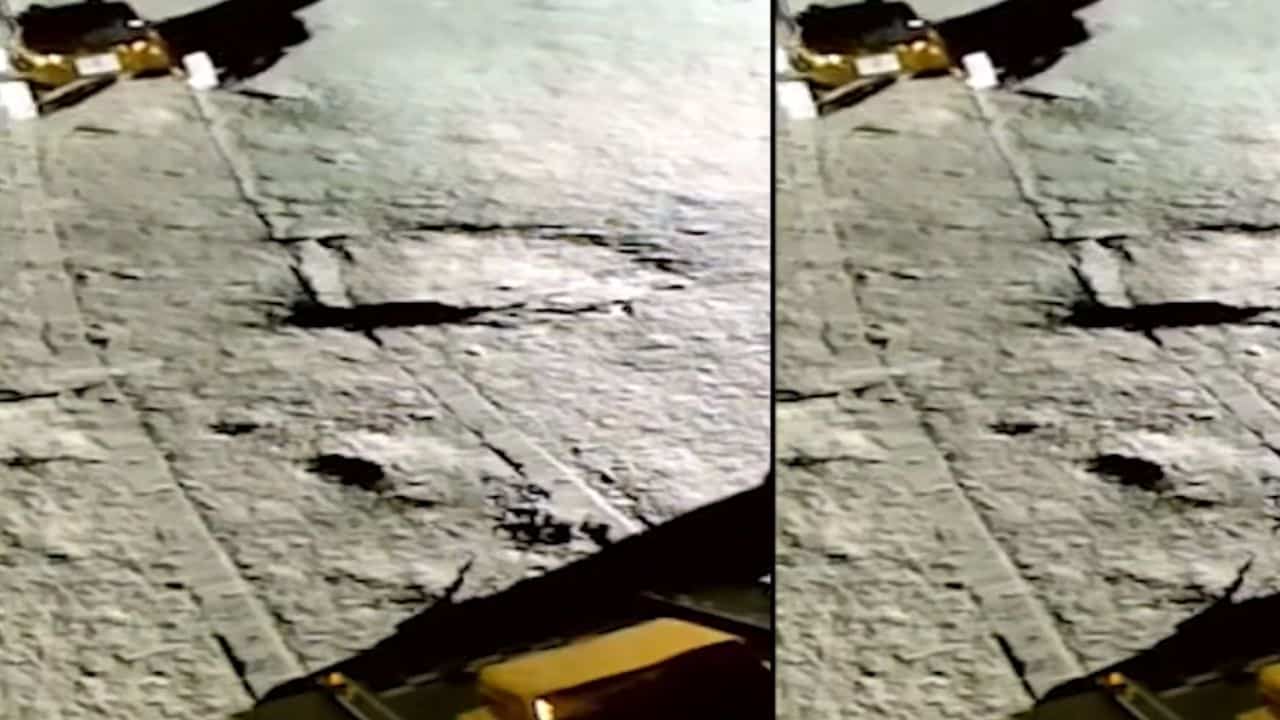Just a week after touching down on the Moon, India’s Chandrayaan-3 mission is already breaking new ground—literally! The Indian Space Research Organization (ISRO) recently announced that its onboard rover has fired lasers at the lunar south pole and guess what?
It found sulfur! This makes Chandrayaan-3 the first-ever rover to explore and analyze this particular region of the Moon.
So how did it work? The rover used something called Laser-Induced Breakdown Spectroscopy, or LIBS for short, to get real-time data on what the Moon’s surface is made of near the south pole. According to ISRO, these are the “first-ever in-situ measurements on the elemental composition of the lunar surface” in that area. And what’s really cool is that previous orbiters couldn’t confirm the presence of sulfur as clearly as this rover did.
So yeah, it’s been just a week, but Chandrayaan-3 is already making history and adding valuable info to our understanding of the Moon. Who knows what it’ll discover next?
Chandrayaan-3 Mission:
In-situ scientific experiments continue …..
Laser-Induced Breakdown Spectroscope (LIBS) instrument onboard the Rover unambiguously confirms the presence of Sulphur (S) in the lunar surface near the south pole, through first-ever in-situ measurements.… pic.twitter.com/vDQmByWcSL
— ISRO (@isro) August 29, 2023
But wait, there’s more! The Chandrayaan-3 rover, affectionately named Pragyan, didn’t just find sulfur on the Moon’s south pole. Early tests are also showing traces of aluminum, iron, calcium, chromium, and titanium. And if that’s not impressive enough, ISRO has gone ahead and added manganese, silicon, and oxygen to the mix. Yep, they’re currently diving deep into data to investigate the presence of hydrogen as well.
Now, let’s put this in context: While countries like China, Russia, and the U.S. have also touched down on the Moon, attempts to get to the south pole—especially by Russia and India—haven’t been successful until now. That’s what makes this all so exciting.
Why is the south pole so important, you ask? Well, it’s believed to be a jackpot for water content, making it a critical spot for future Moon missions. Pragyan will be spending the next two weeks shooting its lasers to look for frozen water. It’ll also be studying the atmosphere and digging deeper into what the south pole is really made of.
And here’s the cherry on top: If Pragyan does find frozen water, it could be a game-changer. Imagine using that water to create breathable oxygen for future Moon bases. Or even using it to make rocket fuel for missions to Mars. Yeah, it’s a big deal.
You might be wondering about the name of this epic little rover. It’s called Pragyan, a name derived from the Hindu word ‘pragya,’ which symbolizes the purest form of wisdom, intelligence, and understanding. That’s some heavy-duty symbolism for a rover that only weighs 57 pounds—about the same as a small German shepherd!
But don’t let its size fool you; this rover packs a punch. Besides its laser-based LIBS tool, it’s also equipped with an alpha-particle beam. The LIBS tool is super cool; it zaps lasers at the Moon’s surface to create hot plasma. Researchers then study the light emitted from the plasma to figure out which elements are present in that specific piece of lunar real estate.
So, to sum it up, Pragyan is basically a pint-sized, wisdom-named, laser-shooting rover on a mission to uncover the Moon’s deepest secrets. And we’re here for it! Seriously, the next few weeks could be packed with discoveries that are out of this world—literally. Stay tuned!


































